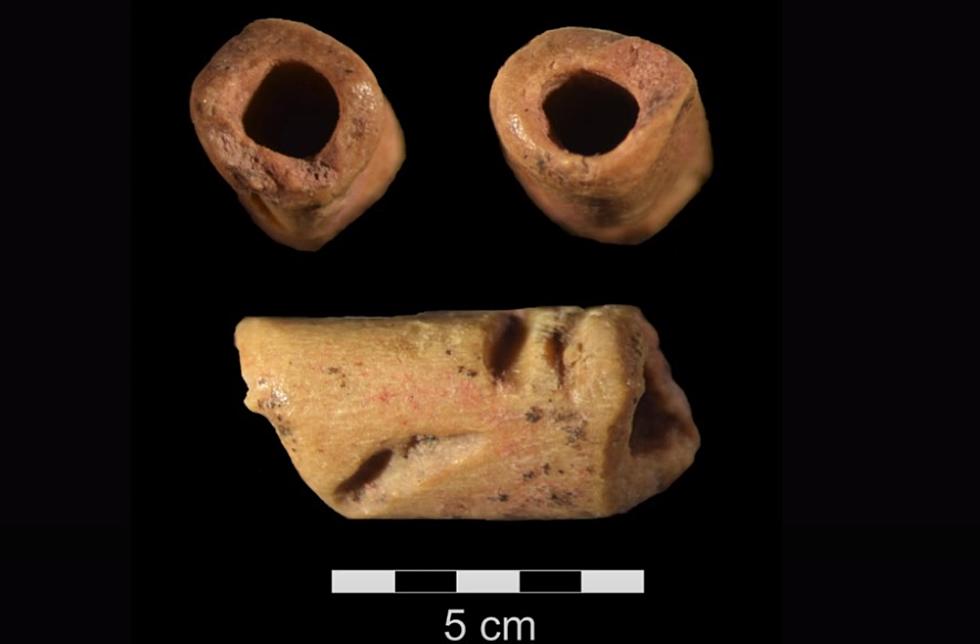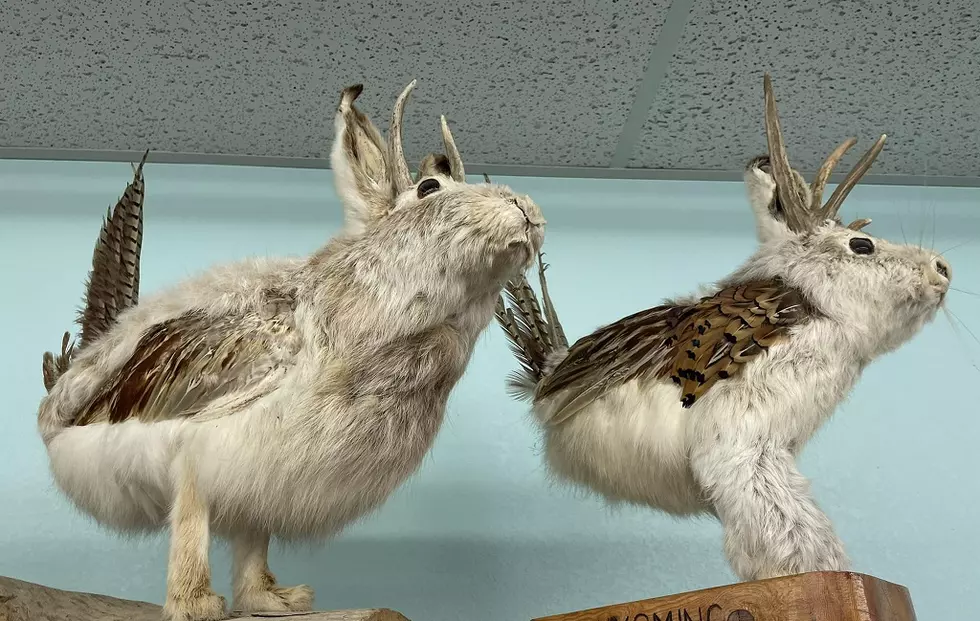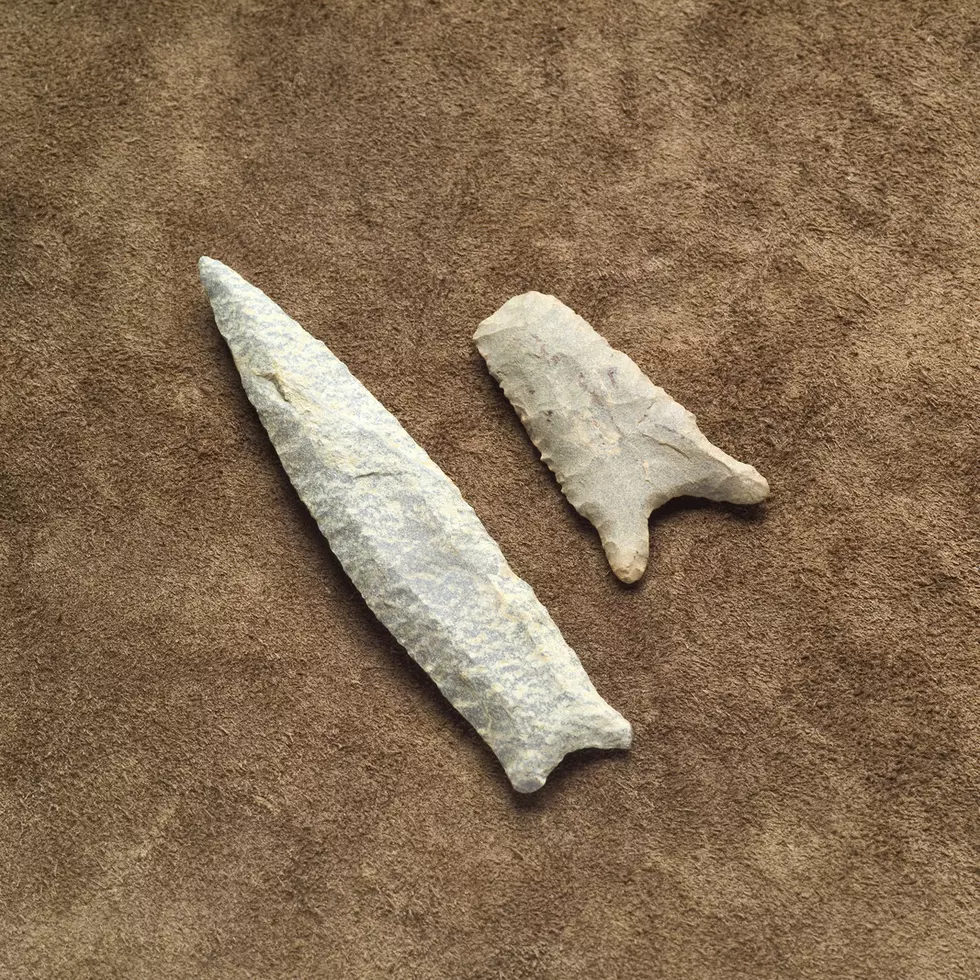
13 Thousand-Year-Old Bead Found Near Douglas, Wyoming
Sometimes the biggest finds are the smallest things.
Diggers from the University of Wyoming found a tiny 13-thousand-year-old bead.
To whoever was digging on that day, GOOD EYE!
As far as we can tell the first native peoples of Wyoming came here about 13 thousand years ago.
Since Earth's climate is always changing Wyoming back then, along with the rest of North America, would have looked and felt much different.
Subsequent cooling and drying of the climate led to a cold, arid maximum about 70,000 years ago, followed by a slight moderation of climate with a second aridity maximum around 22,000-13,000 14C years ago. (Oak Ridge National Laboratory).
This shows us the flow of human migration during the last ice age when humans crossed from Asia to North America.
The ice that covered much of the Earth at the time had begun to retreat. But sea levels were still low enough to allow a land bridge between Asia and North America.
It's not over. According to scientists, the last ice age is still with us and continuing its natural process of slowly retreating. This is why the northern hemisphere has glaciers, frozen tundra, and permafrost, and why Earth still has a frozen north and south pole.
13,000 years ago it was much colder in Wyoming. Those early people would have had to bundle up.
The people who arrived here during that time did not just wear animal skins. They decorated their clothing.
“This one is significant because it is the oldest one ever found from North and South America, and it dates to about 13 thousand years ago,” said Todd Surovell, Professor of Anthropology at the University of Wyoming
The University of Wyoming just published a paper about the 13 thousand-year-old bead they found near Douglas, Wyoming.
This little bead, which was probably part of clothing, was made from jackrabbit.
Those early travelers made their way through what we now call Wyoming.
The artifact was at the La Prell Mammoth site in Converse County, alongside some tools like sewing needles made of bone.
There is also evidence of food and housing.
The dig in this area is almost done. They will work for another six weeks, this coming summer.
Almost Forgotton Wyoming Cemetary
Gallery Credit: Glenn Woods
Must Read Books From Wyoming Authors
Gallery Credit: Glenn Woods
More From Wake Up Wyoming









